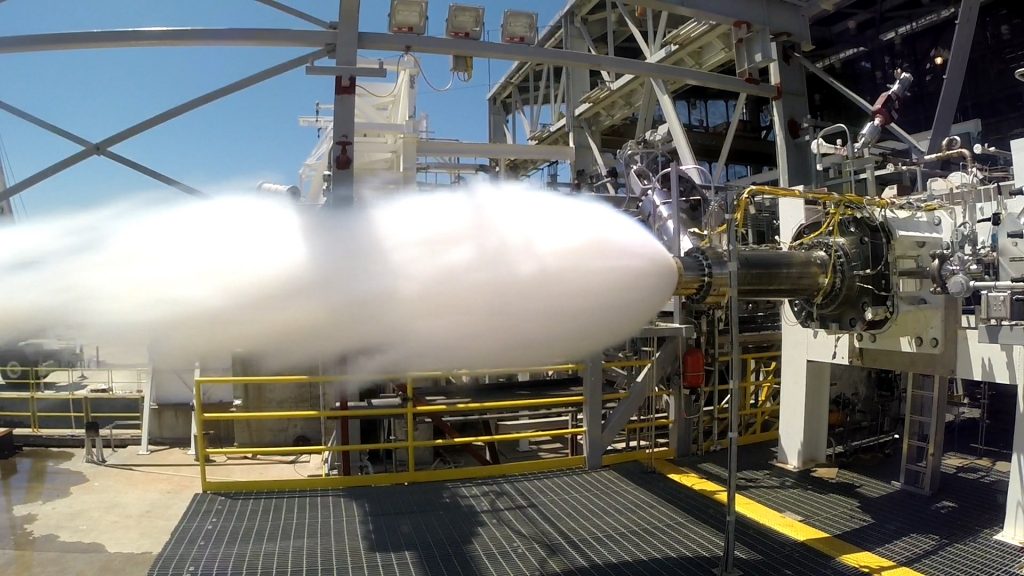Mark J. Cola is President and CEO of Sigma Labs, Inc., which develops and engineers advanced, in-process, non-destructive quality inspection systems for commercial firms worldwide seeking productive solutions for metal-based additive manufacturing or 3D printing, and other advanced manufacturing technologies.
Additive Manufacturing and Real-Time Quality Control: The Way Forward
Since its inception, additive manufacturing (AM) for critical metal parts has shown outstanding promise. We have witnessed and participated in dramatic changes over the past five years, and the next five years are certain to bring exponential changes compared with the last five years.

Real-time quality control: a must for AM
Despite AM’s promise, quality and geometry challenges threaten to hold back its growth and cost-effectiveness. Regarding quality, AM still exhibits variability between runs, between machines and across time. As for geometry, AM can only realize a dimensional accuracy of about 100µm with a positioning accuracy of about 20µm, and the surface finish is very rough.
Geometry must be measured by expensive post-process dimensional inspection such as coordinate measuring machines (CMM). These challenges create a need for a new quality assurance standard. In addition, 3D printing still lacks effective ways to track process consistency and measure repeatability as well as report part quality. To be able to effectively mass-produce these products, a more efficient way to monitor the process is needed.
In order to further the outstanding potential of AM for critical metal parts, improvements must come in three areas, namely: consistent quality, process reliability, and productivity gains to ensure growth and cost-effectiveness of current and future applications.
The past may provide insight to a path forward using the well-established and tried-and-true approach to quality assurance and process control, i.e., a third-party platform independent approach. If quality assurance engineers had a way to determine the ideal properties for each new component before it was even printed—and could then ensure that each part, as it is being made, adhered to that high standard—they could significantly reduce the risk and cost required to bring a new manufacturing approach to market.

The promise of cutting-edge quality control software
Digital technology is now ubiquitous and can provide complete interconnectedness of the digital enterprise across multiple dimensions including digital quality inspection directly from the 3D metal printing process.
A proprietary, patent-protected, quality assurance software suite has been developed that addresses these current needs for AM for critical metal parts. In contrast to traditional quality assurance that is performed after-the-fact, this software works in real-time to assist quality inspectors in sorting acceptable from suspect components.
The software benefits companies that are 3D-printing metal parts in three aspects. The first involves metallurgy: in addition to optimizing the structure/property relationships of metal parts, the software allows engineers to assess each part’s microstructure—scanning and collecting data on potential weaknesses (like “pores” in the metal). The second benefit involves geometry: the software helps capture images of every layer of metal as it is being incorporated into the part; these data, available digitally, give inspectors the ability to detect any distortion or misalignment as parts are made and intervene in real-time. Finally, the software enhances a company’s productivity by collecting Big Data regarding the performance of multiple 3D printers at multiple locations into a single database.

Transforming 3D printing from analog to digital: the IIoT factor
I believe that over the next few years, traditional, conventional technologies will be transformed—bringing manufacturing and 3D-printing technology from analog to digital. Manufacturing technologies need to be brought up to date. This digital transformation will come together and accelerate the growth of 3D metal printing.
This will provide opportunities to design and produce very complex geometries that otherwise could not be produced with conventional metal technologies. I believe we are at the very beginning of what this will eventually mean for the whole materials science side of 3D printing. There will be new materials produced that to date have not yet been developed.
For 3D printing, this could mean everything from functionally graded materials—ushering in the opportunity to combine materials that each require certain specs—to produce a completely different material at the other end. Something that would have previously required multiple steps would now be able to be produced in a unified manner. You could create a product whose specs are stored digitally—simply downloading those specs to a machine and then producing it. This technology could ultimately be utilized to produce new engineering alloys we have not yet imagined. In time, I believe, this approach will revolutionize 3D printing and the manufacturing base in the United States.
Industry 4.0—the “Fourth Industrial Revolution”—is also expected to positively impact the Additive Manufacturing industry. Our recent Technology Development Agreement with OXYS Corporation is one example of how enhancements can be made to hardware/software integration, moving it toward board-level integration and broadening the market reach of our technology to the Smart Factory and the larger Digital Enterprise, and bridging the digital and physical worlds.
AM of metal parts in various industries, in conjunction with a digital, real-time quality assurance methodology made possible by burgeoning software solutions, could revolutionize the way high-quality metal parts for critical applications are created—and transform our world in the process. We have a lot to look forward to!
You can find out more about Sigma Labs here and follow them on twitter here.
If you want to give us your perspective on the future of 3D printing then email us now.
For more 3D printing insights and analysis, subscribe to our free newsletter and follow our active social media accounts.
Read more about the future of 3D printing in the 3D Printing Industry thought leadership series.


